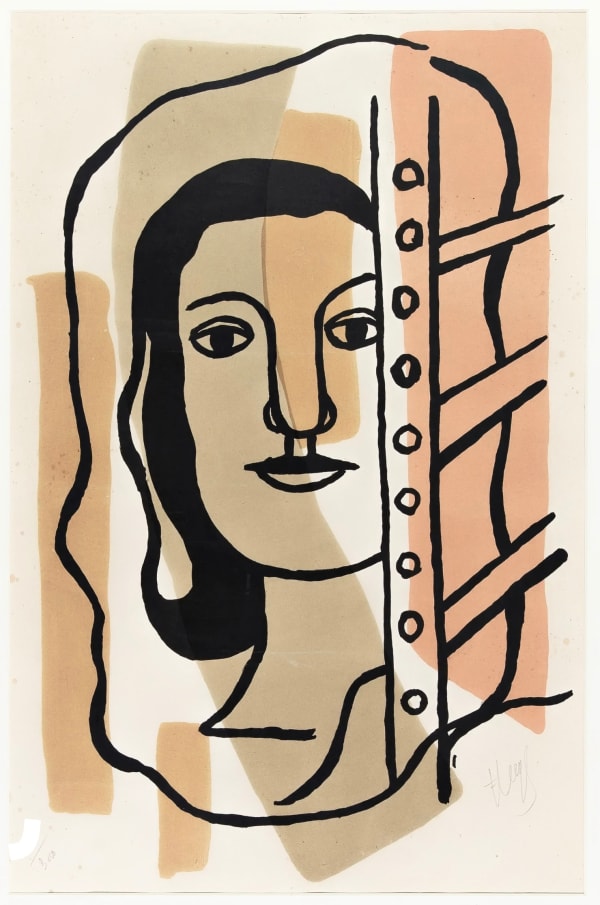Fernand Leger
Fernand Léger (1881–1955) – Biography
Fernand Léger was a pioneering French painter, sculptor, and filmmaker who played a vital role in the development of modern art. Known for his bold use of color and geometric forms, Léger’s work bridged Cubism, Futurism, and abstraction, establishing him as one of the 20th century’s most influential artists.
Early Life and Education
• Birth: February 4, 1881, in Argentan, Normandy, France.
• Family Background: Born into a farming family, Léger initially trained as an architect in Caen before turning to art.
• Art Studies: Moved to Paris in 1900 and attended the École des Arts Décoratifs and Académie Julian, though he also learned independently by studying modern art movements.
Artistic Career and Evolution
Léger’s work evolved significantly throughout his career, reflecting his response to industrialization, modern life, and avant-garde movements.
Early Work (1905–1914):
• Influenced by Impressionism and Post-Impressionism, but transitioned to Cubism by 1910, drawing inspiration from Picasso and Braque.
• His “Tubist” style emerged, characterized by cylindrical forms and mechanical aesthetics.
• Famous works: Nudes in the Forest (1909–10), The Smokers (1911–12).
World War I (1914–1918):
• Served in the French army during World War I, an experience that profoundly influenced his work.
• Witnessing the machinery of war shifted his focus to themes of technology, industry, and the human figure in the modern world.
• Key painting: The Card Players (1917).
Interwar Period (1918–1939):
• Embraced a bold, colorful style with simplified forms, moving toward a machine-inspired aesthetic.
• Developed his iconic mechanical period, emphasizing industrial motifs, labor, and modernity.
• Famous works: The City (1919), Le Grand Déjeuner (1921).
• Experimented with film (Ballet Mécanique, 1924) and graphic design, expanding his artistic practice.
Exile and Later Work (1939–1955):
• Fled France during World War II, living in the U.S. from 1940–1945. His time in America deepened his interest in democracy and public art.
• Upon returning to France, he worked on large-scale murals, mosaics, and public art projects, often depicting workers and everyday people.
• Late works became more figurative and focused on unity between humans and nature.
• Notable works: The Builders series (1950–1955), The Ball Players (1952).
Legacy and Influence
• Léger is celebrated for his ability to merge the human figure with the aesthetics of modern technology.
• His work inspired later movements such as Purism and influenced artists in fields like abstract art and design.
• Major retrospectives and collections of his work are housed in institutions like the Musée National Fernand Léger in Biot, France, and the Museum of Modern Art, New York.
Interesting Facts
• Léger believed art should be accessible to all, advocating for public art and creating monumental works in architecture and design.
• He collaborated with architects like Le Corbusier and worked on stage sets and film.
• His 1924 film Ballet Mécanique is considered one of the earliest examples of experimental cinema.
• In 1945, he joined the Communist Party, reflecting his interest in social and political issues.
Would you like more details on a specific period of Léger’s work or one of his major pieces?

